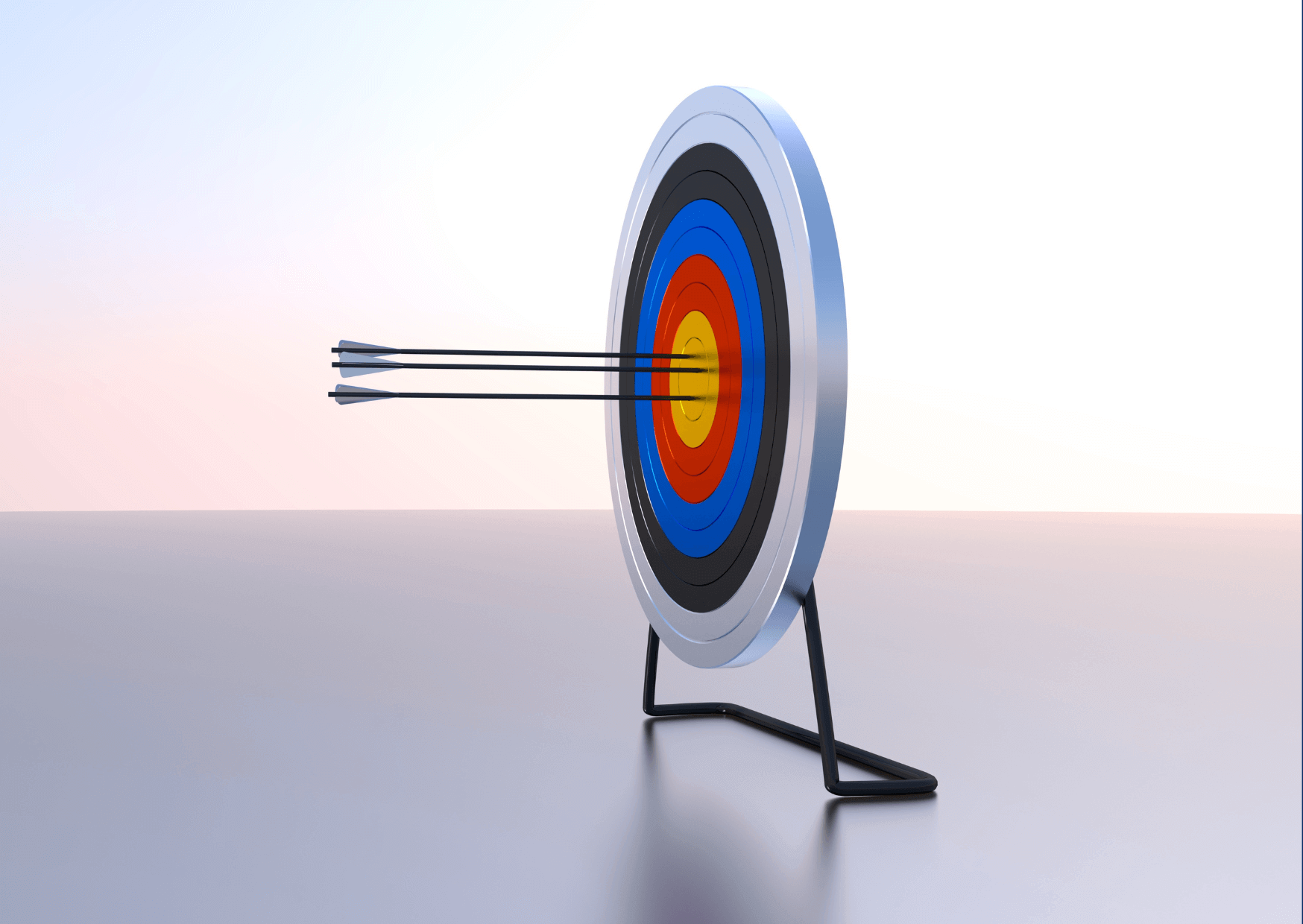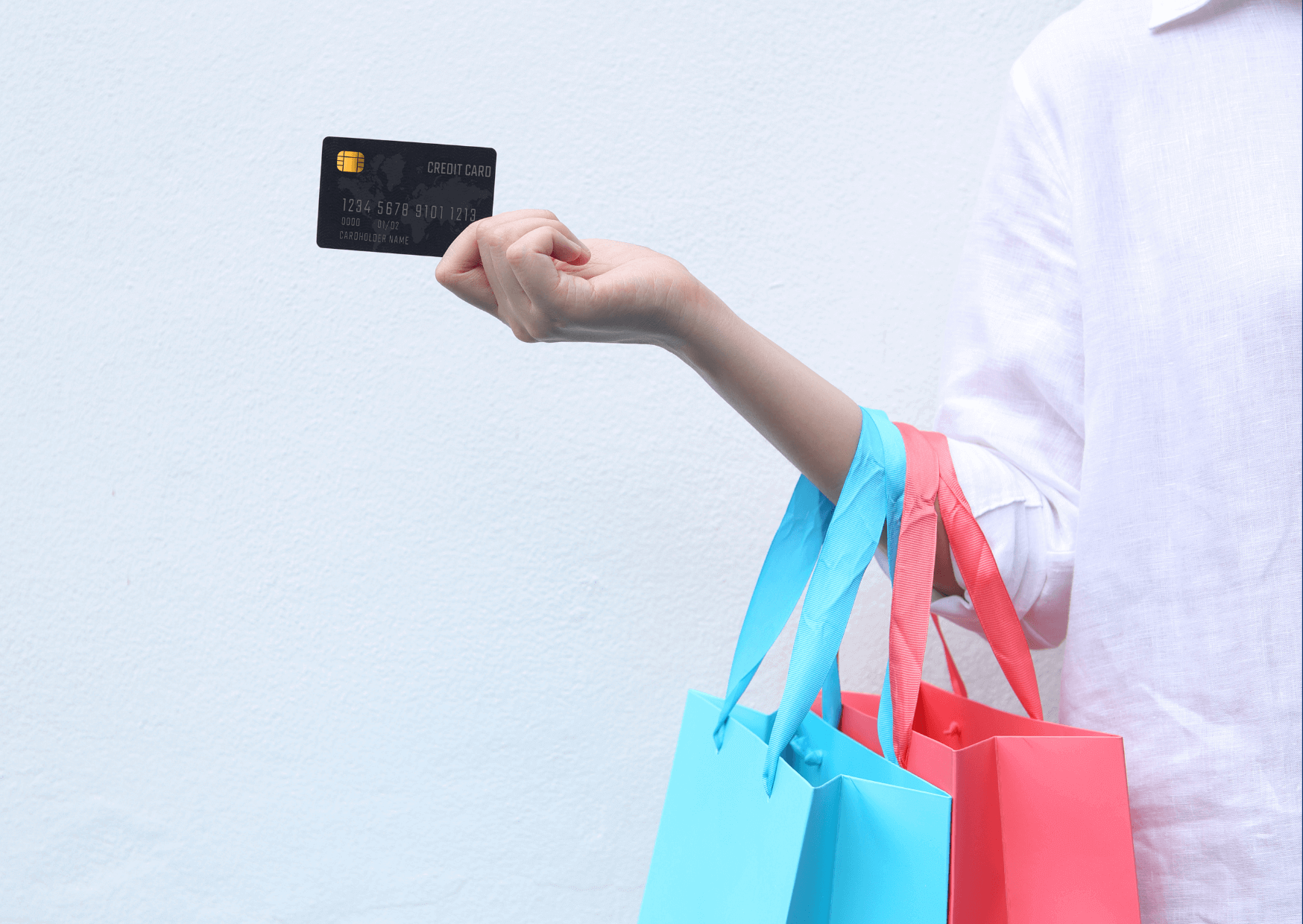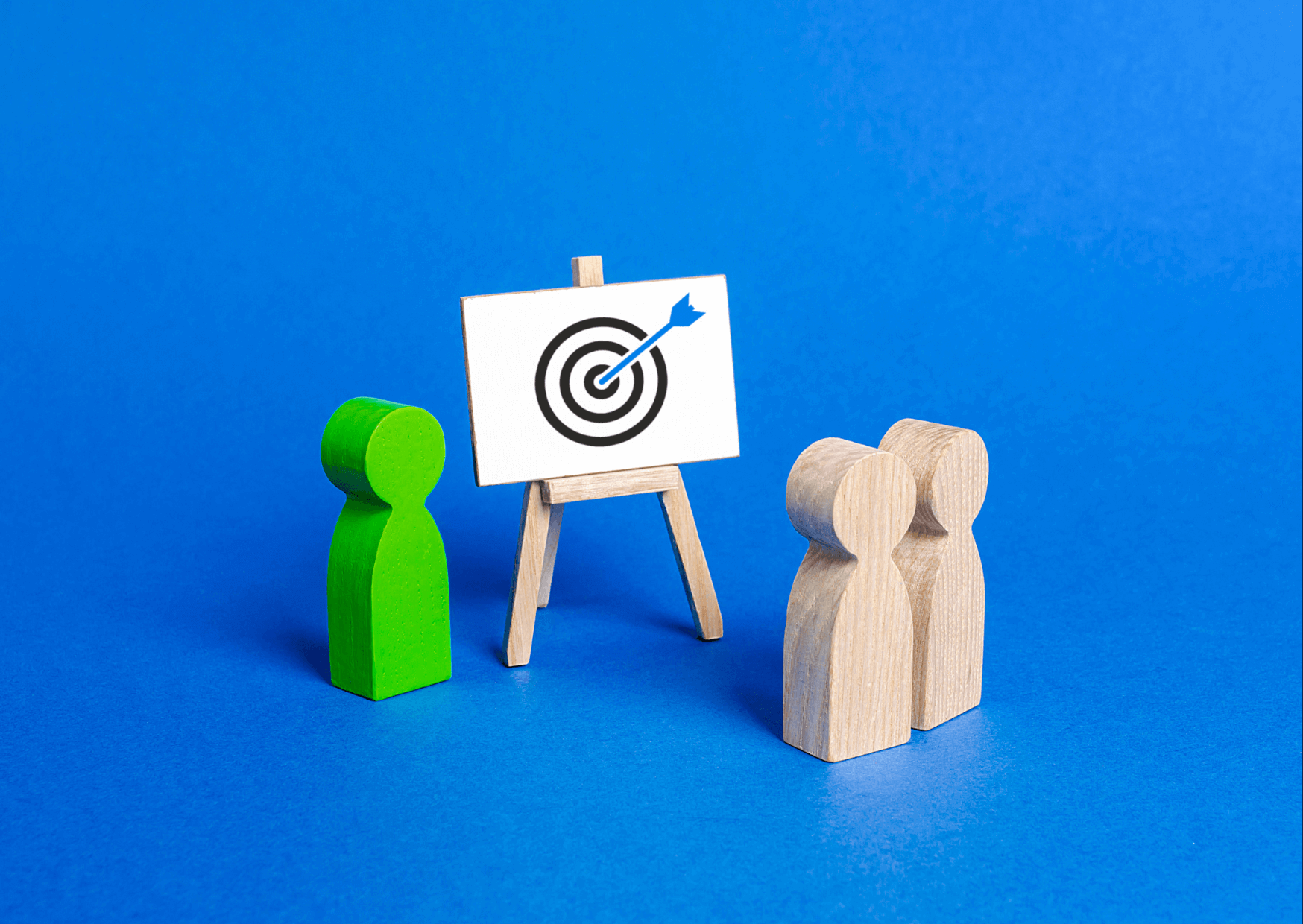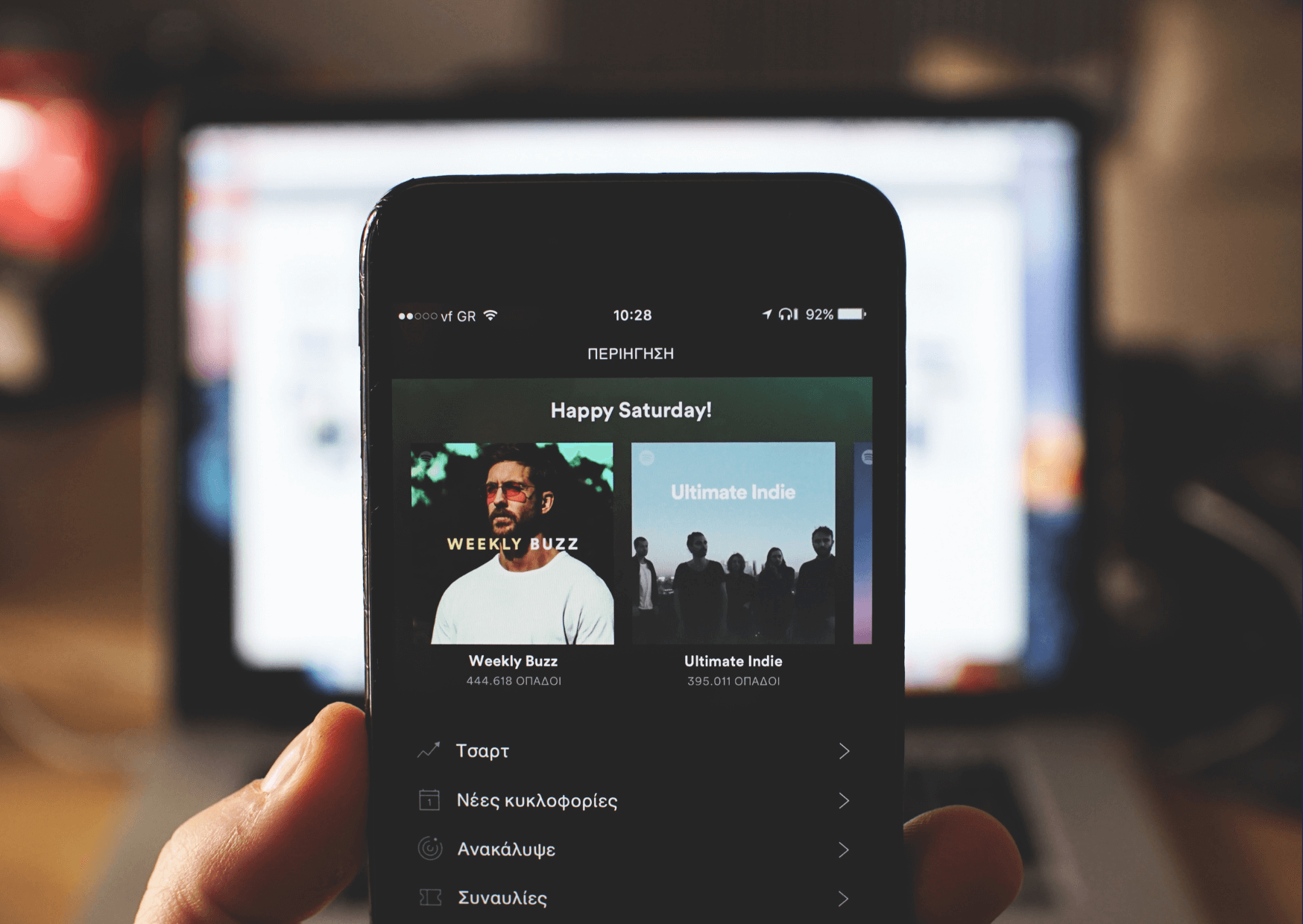The marketing game has changed drastically since its inception those many years ago. With the focus shifting from the brand to the consumer, marketers can't simply create a campaign and call it a day.
Our technological age unlocked the "pandora's box," so to say, of information, which has made consumers wiser, more demanding, and more reactive. One little slip-up and consumers will move on to a competitor with the click of a button.
What's more, with new trends, innovative technological advancements, and fierce competition, it seems more challenging than ever to keep up and execute a successful campaign, right?
Wrong! With the correct methods, you'll be able to knock your marketing efforts out of the park. Want to know how?
Personalization!
Remember that while we may have several AI tools at our disposal, the success of a campaign is still heavily dependent on human interactions.
So, how can we use personalization to build better human relationships and succeed in our campaigns?
Let's find out.
What Is Content Personalization?
Content personalization involves tailoring copy to a specific customer to provide each person with a unique and engaging experience. In other words, it ditches the one size fits all strategy in favor of appealing to customers' individual interests, needs, and preferences to make them feel heard and understood.
And it works! 77% of consumers admitted they would choose, recommend, or pay more for a brand that offers a personalized service or experience.
So, where do you begin?
It all starts with gathering a large amount of qualitative data on your target audience. Luckily, all you have to do is ask! The demand for personalization has resulted in 43% of consumers allowing companies to collect their personal data in exchange for personalized experiences.
It makes sense, given that 74% of online consumers get frustrated with websites when content (e.g., offers, ads, promotions) appears that has nothing to do with their interests.
Falling into this trap is the worst-case scenario. After all, aggravating your target audience will only push them into your competitors' hands.
How Do You Use Personalization?

Personalization, like any other marketing strategy, has specific processes that must be performed to achieve the desired results. We've listed the most important:
1. Gather Target Audience Information
As we mentioned above, this begins with gathering as much information as possible on our various target audiences. This includes name, age, race, gender, job title, location, interests, preferences, behavior, pain points, and more.
The more you know, the better you'll grasp what drives your target audience, and as a result, the higher the chances your messaging will resonate with them.
Accumulate the data through social media, surveys, questionnaires, review requests, email marketing, purchase history, or any other method at your disposal.
Ultimately, this data will influence your marketing efforts, processes, and even the customized content. For example, imagine how different your messaging would be if it were composed for c-suite male executives in a high-income bracket as opposed to sorority college students.
2. Develop Buyer Personas

A buyer persona is a generalization of your target market's likes, dislikes, purchasing behaviors, etc. Developing them is an important step in crafting successful content.
When building buyer personas, it’s important to include all the target audience information you previously gathered to ensure it's as accurate as possible. This information can then be used to craft messages and content that speak directly to each individual buyer persona, making them more likely to engage with your content.
3. Use Personalization Tags
Personalization tags are text snippets that are embedded in web pages and emails to automatically personalize the content for individual customers. This could range from adding the customer's name to an email to displaying personalized product recommendations based on previous purchases.
4. Tailor Your Content
Remember, 93% of companies see greater conversion rates with website personalization.
To create customized content marketing that speaks directly to each individual customer’s needs will make them feel understood and appreciated. Taking the time to show your customers that you understand their interests and preferences will go a long way in building trust and loyalty.
Special Mention: Personalized Video Marketing
We all know how much visual marketing can boost brand awareness, and as a form of visual marketing, personalized videos are a game-changer for brands,
We all know that videos now top the list of all marketing strategies, and here's why:
- 87% of video marketers say that video has increased traffic to their websites.
- 94% of marketers say video has helped them increase customer understanding of the product or service.
- 86% of marketers say video has helped them generate leads.
- 81% of video marketers claim that video has directly increased sales.
Imagine how different these numbers would be if all the videos were personalized.
This great idea of engaging clients with exclusive, targeted videos personalized to them is certainly attractive and is a key step in creating and nurturing long-lasting relationships.
But, to achieve this, you'll need a little help. Automation tools can help you create individualized videos by pulling information from your database and inserting it into a video, new or existing. You can then blast out your personalized videos using email marketing campaigns or any other channel you deem fit for your goals.
Once that's all done, don't forget to track your performance and adjust according to your results.
Special Mention: Remarketing Ads

Wouldn't it be amazing if all your website traffic immediately converted and turned into a loyal customer base? In reality, this is far from the truth. Only about 2% of users convert on the first visit.
These days, consumers have access to a staggering amount of information, which they meticulously investigate before seriously considering making a purchase. Meaning it's on us to ensure our brand stays fresh in their minds until they are ready to convert - which is where personalized remarketing comes in.
In a nutshell, remarketing is a method of presenting customized ads to previous visitors while they are browsing other sites.
The goal of remarketing is to remind these potential leads of your brand, rekindle their interest with an offer, and convince them to take the desired action they didn't take the first time.
Using the data collected on your audience while browsing your site, you can create ads that target users with different interests, needs, and preferences, meet users at various points in the buyer's journey, and even engage on a more personal level. All in all, securing your chances of successfully compelling the user to trust your business and purchase from you.
Examples of Personalized Content

To better understand our tips, here are some great examples that illustrate the points above:
- Coca-Cola is one of the brands that had tremendous success with customized content. In 2011, they launched the share a coke campaign, where they added the most popular first names on the bottle. This simple act created an unprecedented boost in sales for the first time in roughly four years.
- Amazon is another fantastic example of a company that benefits from personalized content. Amazon has included a recommended product feature on the home page since 2013. These recommendations are unique to the user as it is based on previous searches and purchases. When it’s executed correctly, the great thing about personalization is that it can often lead to unplanned purchasing decisions. In fact, 49% of shoppers make spontaneous purchases after receiving a personalized recommendation.
- Spotify is another platform that uses customized content to its advantage. Based on previous listening and liked songs, Spotify finds similar content (music, podcasts, and even audiobooks) and regularly builds new personalized playlists, examples being the Discover Weekly playlist and Yearly Wrapped playlist.
Conclusion
Personalizing your campaigns can evolve into game-changers for your company.
As they are designed to deliver incredibly targeted content to your customers, customized campaigns are a proven way to increase your revenue and the return on investment for your growing business.
Keep in mind that to craft a successful campaign, you need to collect as much data as possible. Create different audiences based on interests and behaviors, and personalize your marketing efforts to better correspond with your target audiences.
Take some time to track the results and continue with micro-adjustments until you succeed and obtain the results you seek.
If you remember one thing, this is it: “never stop showing someone how much they mean to you.”
Need help personalizing your campaigns? Our experts are ready to help. Contact us today for a free consultation call to discuss your marketing needs.
